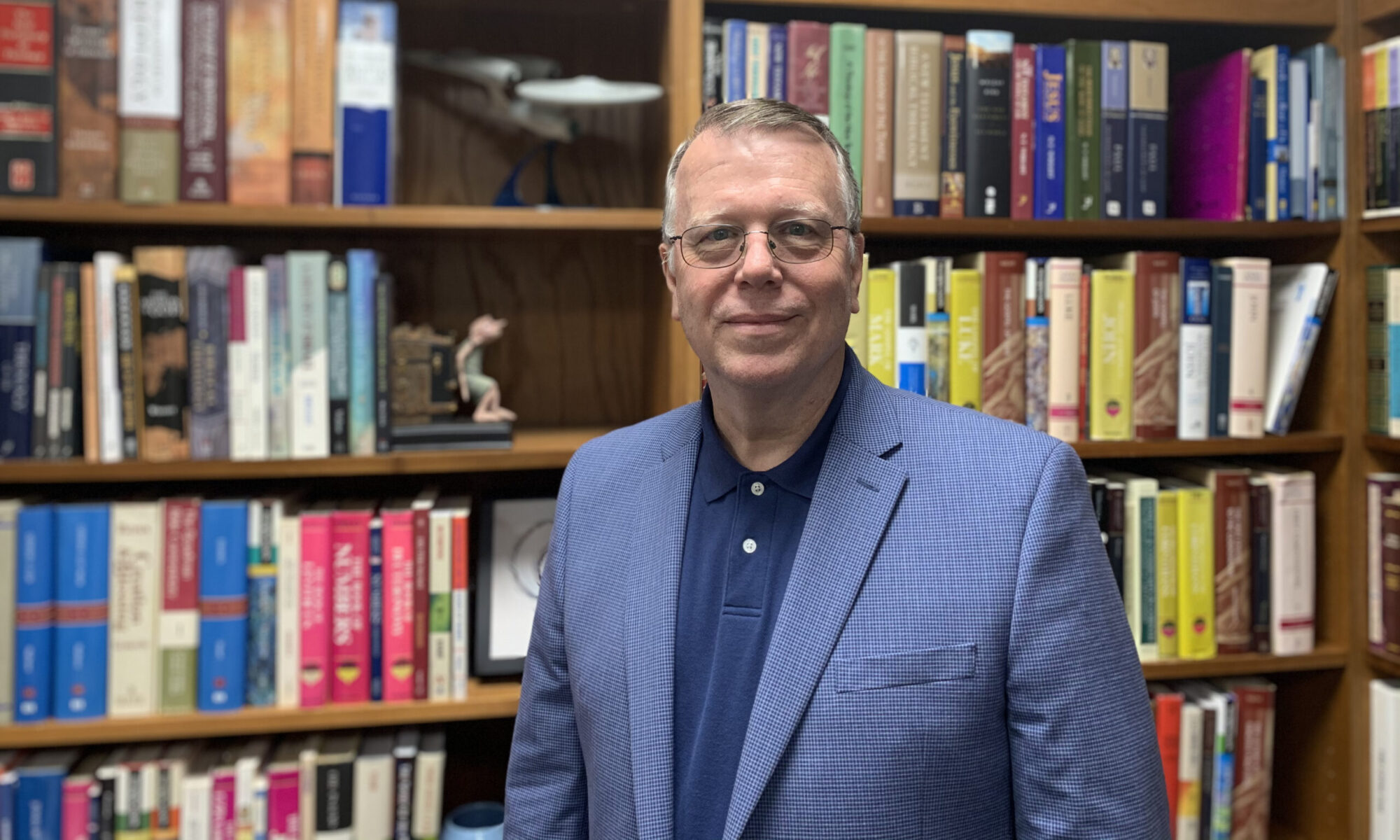Most local churches have a mixed history success and dysfunction. Sometimes, the dysfunction is the result of toxic pastoral leadership.
In these cases, the common remedy is a pastoral change. Therefore, the congregation is subjected to a series of anxiety provoking events. In the midst of the anxiety, the denominational bishop shows up to negotiate the transition of leadership. In many cases, the bishop has only a “snapshot” of the congregation – a brief interaction – and then moves on to the next crisis. Pastors are removed (often without explanation) and appointed quickly with little time for serious prayer, reflection, and dialogue. The end result is a seriously wounded congregation.
Looking back on thirty-seven years of pastoral service I have become convinced that many churches cannot move forward because they are continuously nursing long-festering wounds. A few years ago, when I was serving on the state council, we were engage in a conversation about a large church that had a history of failed pastorates. The present pastor informed the bishop that many in the congregation remained wounded from past pastoral failures. The bishop responded, “That was ten years ago. They should have forgiven and forgotten this by now.” I replied, “Bishop, they can’t forgive and forget because they have never been given the opportunity to process the conflict.”
Among denominational leaders it seems to be a common thought that local churches forget and move on. My experience is that they don’t forget, even if they do move on – stumbling forward. However, a new crisis event eventually triggers the old pain. Because denominational leaders tend to dismiss the concerns of the local congregation, the local congregation tends to dismiss the counsel of the bishop. The end result is a contentious relationship between local churches, pastors, and denominational leaders.
During my pastoral career, I’ve served many churches that had long memories of pastoral failures and denominational contention leading to the development of systemic dysfunction and anxiety. A wounded congregation will not move forward. Like any sick person or institution, the wound must be healed before forward movement can begin. Dealing with this systemic dysfunction takes patience and time. Congregations need opportunities to process the chronic dysfunction and associated emotional pain. Leaders need to listen carefully, without dismissing grievances or offering a quick fix.
This requires a period of congregational convalescence. Churches suffering from systemic dysfunction need a new pastor, or interim pastor, who understands his/her primary function as counselor, encourager, and confessor. The pastor must be willing to hear all the stories of dysfunction and offer wise counsel that promotes healing and moves the church beyond systemic dysfunction so that it can move forward as a healed and whole congregation. This pastor must be spiritually mature and emotional secure so that he/she does not become overwhelmed by the task, lest the pastor contribute to even more systemic dysfunction.
Too often, the tendency is to view these dysfunctional churches as congregations in decline, terminally ill, which should be taken off of life support. However, sick churches, with sick congregants, are still God’s people in need of God’s pastors who can be a healing presence.
